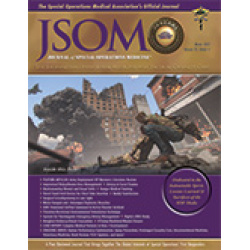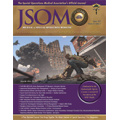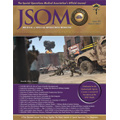iTClamp-Mediated Wound Closure Speeds Control of Arterial Hemorrhage With or Without Additional Hemostatic Agents
Stuart SM, Bohan ML, Mclean JB, Walchak AC, Friedrich EE 22(4). 87 - 92 (Journal Article)
Background: Exsanguination is the leading cause of preventable posttraumatic death, especially in the prehospital arena. Traditional hemorrhage control methods involve packing the wound with hemostatic agents, providing manual pressure, and then applying a pressure dressing to stabilize the treatment. This is a lengthy process that frequently destabilizes upon patient transport. Conversely, the iTClamp, a compact wound closure device, is designed to rapidly seal wound edges mechanically, expediting clot formation at the site of injury. Objectives: To determine the efficacy of the iTClamp with and without wound packing in the control of a lethal junction hemorrhage. Methods: Given the limited available information regarding the efficacy of the iTClamp in conjunction with traditional hemostatic agents, this study used a swine model of severe junctional hemorrhage. The goal was to compare a multiagent strategy using the iTClamp in conjunction with XSTAT to the traditional method of Combat Gauze packing with pressure dressing application. Readouts include application time, blood loss, and rebleed occurrence. Results: Mean application times of the iTClamp treatment alone or in conjunction with other hemostatic agents were at least 75% faster than the application time of Combat Gauze with pressure dressing. Percent blood loss was not significantly different between groups but trended the highest for Combat Gauze treated swine, followed by iTClamp plus XSTAT, iTClamp alone and finally iTClamp plus Combat Gauze. Conclusion: The results from this study demonstrate that the iTClamp can be effectively utilized in conjunction with hemostatic packing to control junctional hemorrhages.


 Español
Español 





